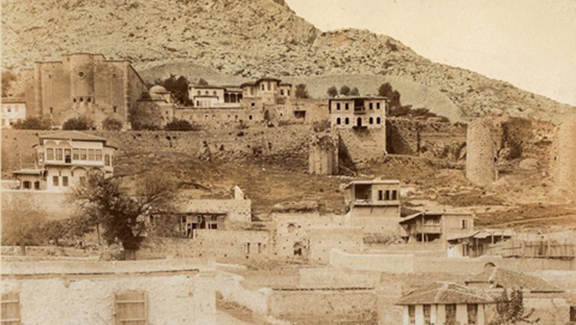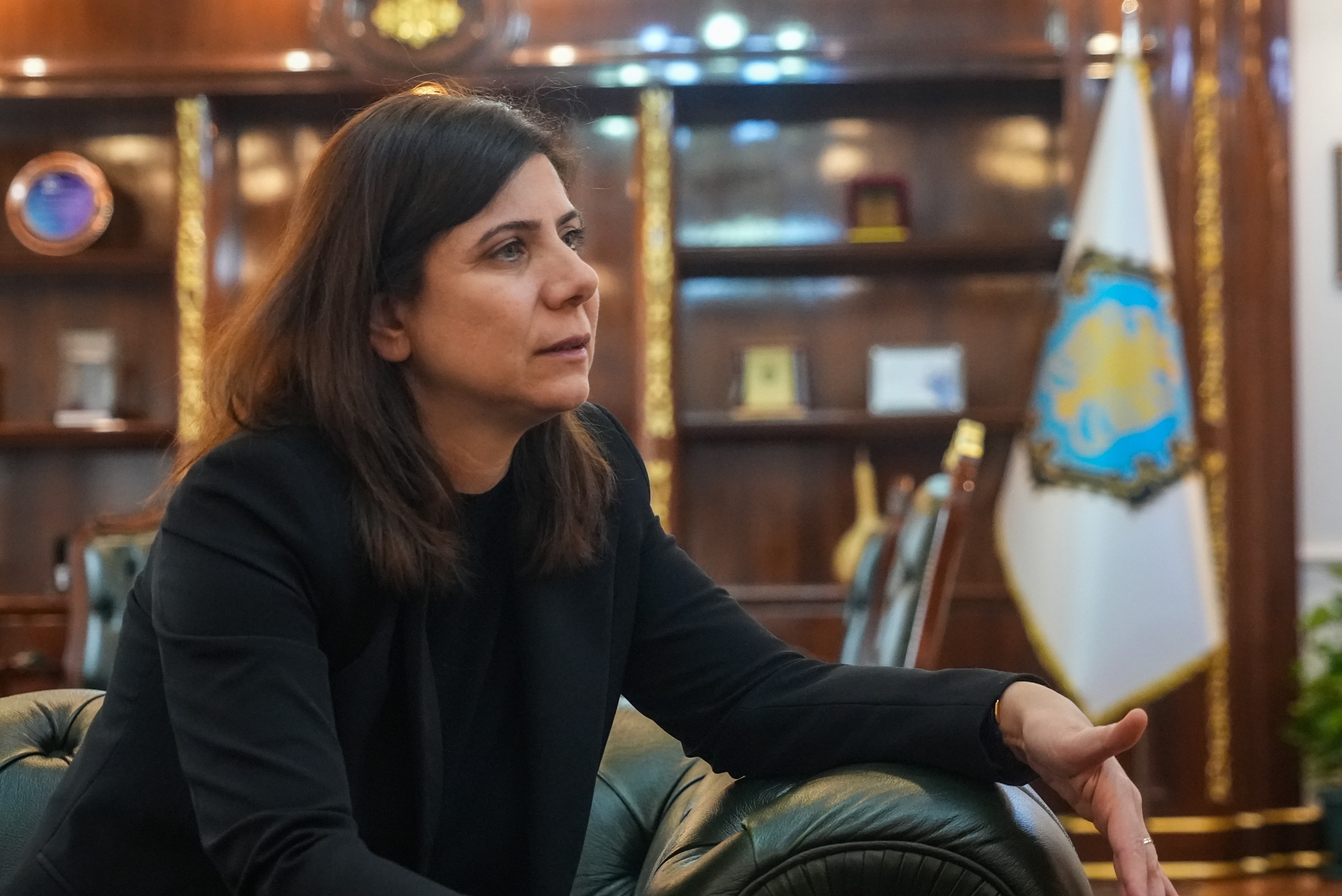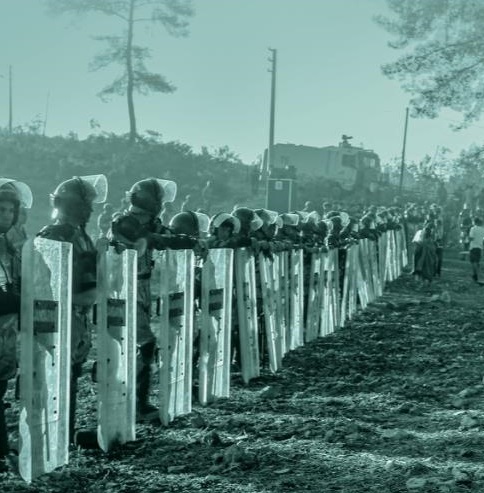The Catholicosate of Cilicia in Antelias, Lebanon, the second largest centre of the Armenian Apostolic Church, has formally applied to the Constitutional Court of Turkey for the return of its properties in Sis (Kozan). The Catholicosate has demanded the return of its identified properties, and in the event of failure of identification, the payment of 100 Million TL compensation. This also constitutes the first instance where a case on the seizure of properties by the State will be ruled by the Constitutional Court.
Until the 1915 Armenian Genocide, the Catholicosate of Cilicia continued its existence in Adana and its environment and had a monastery, church and a high number of real estate properties. The Catholicosate had to move to Lebanon from Turkey after the Genocide, and its properties were officially returned in 1918 by the Ottoman Government. However, the Catholicosate was unable to use its properties again. Now the Catholicosate has filed a lawsuit at the Constitutional Court for the return of its properties. If the appeal is rejected then the file will be taken to the European Court of Human Rights.
The application filed at the Constitutional Court on behalf of the Catholicosate of Cilicia underlined the facts that the Catholicosate continued the exist as a legal entity in the Republic of Turkey, that it had not been possible to reclaim properties including the monastery, access old records at the Kozan Land Registry and Cadastre Court and carry out an efficient legal process, and that therefore the case had been brought to the Constitutional Court.
Catholicosate continues to exist as a legal entity
The application stated that the Catholicosate of Cilicia had been legally represented with a special status for 7 centuries until the 1915 Armenian Genocide with the Saint Sophia Monastery as its centre. The application also underlined the fact that official lists published in 1912 and other documents clearly identified the Catholicosate as the proprietor of the monastery.
The lawsuit petition also underlined that the return of the Catholicosate’s properties by the Ottoman Empire in 1918 clearly confirmed its existence and that its legal entity status had never been terminated.
Violations
The lawsuit petition underlined the violation of the Treaty of Lausanne and the European Convention on Human Rights.
The violations were listed as follows in the petition;
* The Catholicosate of Cilicia retains its legal identity according to existing laws in the Republic of Turkey, and according to the Treaty of Lausanne, is the legal proprietor of the monastery.
* The denial of the right to property will be in complete violation of Article 90 of the Constitution of the Republic of Turkey on international conventions and of Article 35 on the right to property and also of Article 1 of the Protocol in Appendix 1 of the European Convention on Human Rights.
The Law on Abandoned Properties stipulates the return of properties
The lawsuit petition also drew attention to the Law on Abandoned Properties (Emval-i Metruke) that paved the way for the seizure of Armenian properties: “The Law on Abandoned Properties issued in 1915 stipulated the return of either the properties or remuneration to Armenians. There is no regulation in the law stating that Armenians have completely lost their rights regarding these properties. Therefore, they have the legal right to reclaim their properties at any time.”
The return of Armenians was prevented
The lawsuit petition went onto state that the violation of the right of property was a continuing chain of violations, that the return of Armenians to Turkey was prevented with legal regulations and actual obstructions, and that the General Directorate of Land Registry issued circulars prohibiting Armenians from receiving information about their own real estate properties. It was also added that the Kozan Land Registry and Cadastre Directorate had rejected a petition demanding information about the properties. The lawsuit filed demands the identification of the boundaries of the properties by a panel of experts to be elected from universities, the request of related documents from the Land Registry and Cadastre Directorate, the registration of the identified real estate properties, and in the case that identification fails, the payment of a compensation of 100 million TL.
Prof. Dr. Elçin Macar: A historical right
In my opinion, this lawsuit has symbolic meaning. This is a historical right. The issue of property can be seen in two categories. There is the issue of individual property, which is very thorny; I think this is probably the issue the governments in Turkey are afraid of. Then there are the church properties. The issue arises both from the fact that these are properties of religious institutions, and the fact that they are collective, community properties.
The Constitutional Court will either accept or reject the case. If the case is rejected, then the process at the European Court of Human Rights begins. In any event, it will be a political decision. I hope that it is perceived as a symbolic sign of good will. Prime Minister Ahmet Davutoğlu, both during his term as Foreign Minister, and since becoming Prime Minister, had made calls to Assyrians and Syriacs, who in the past had their centres in Turkey but had now moved abroad, to return to Turkey. Therefore, recalling those calls as well, I believe that Prime Minister Davutoğlu should treat this issue positively.






